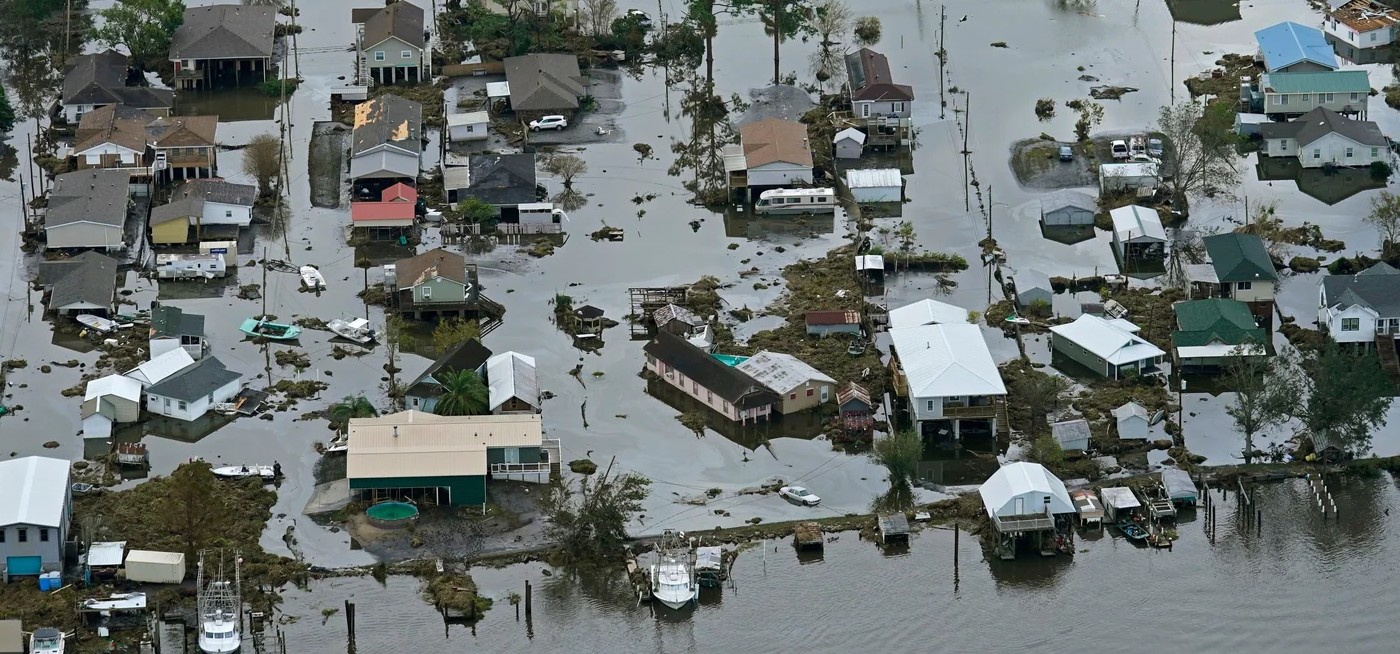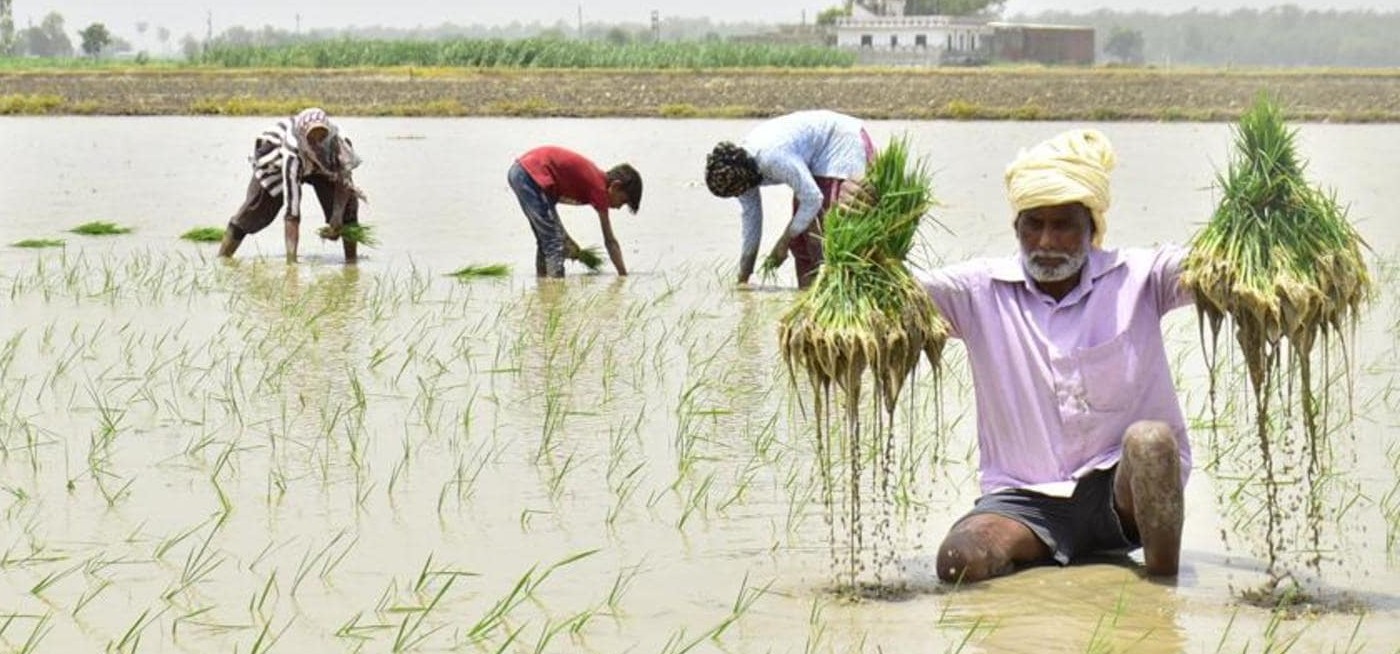Climate impact on livelihoods, liveability driving internal migration : World Bank study
216 million people likely to migrate by 2050; climate action can reduce this number by 80%, says study
By Editorial Team / Sep 17, 2021

If immediate climate action was to be taken, the scale of climate migration could reduce by as much as 80%, the report stated. Photo: Youth Ki Awaaz
By the year 2050, climate change is likely to force 216 million people in six major regions of the world to migrate within their own countries, a new study revealed. In a business-as-usual scenario, these hotspots are likely to emerge as early as 2030 and intensify by 2050, according to the World Bank’s updated Groundswell report. If, however, the world were to take immediate action to cut down on emissions and conquer the challenge of green development, the scale of climate migration could reduce by as much as 80%, the report stated.
This is the second Groundswell report released by the World Bank on the climate migration crisis. The previous one, released in 2018, included projections and analysis for Sub-Saharan Africa, South Asia, and Latin America. The updated report includes three more regions–East Asia and the Pacific, North Africa, and Eastern Europe and Central Asia–and provides a global perspective on the potential scale of internal climate migration. The report does not include high-income regions such as Europe and North America.
Cause and effect
According to the report, of the 216 million people projected to migrate internally, the majority (86 million) will be from Sub-Saharan Africa, followed by East Asia and the Pacific (49 million), South Asia (40 million), North Africa (19 million), Latin America (17 million), and Eastern Europe and Central Asia (5 million). These hotspots will intensify primarily in rural, urban and coastal areas, the study revealed. This means climate migration will become a major issue primarily in poorer nations, which are most vulnerable to climate change.
“The Groundswell report is a stark reminder of the human toll of climate change, particularly on the world’s poorest—those who are contributing the least to its causes. It also clearly lays out a path for countries to address some of the key factors that are causing climate-driven migration,” said Juergen Voegele, vice president of Sustainable Development, World Bank.
The study cited the slow onset of climate-change impacts such as water scarcity, lower crop productivity, and sea level rise and storm surge as major drivers of such internal migration. Other impacts such as heat stress, extreme weather events and land loss could make some places less livable, it stated. Apart from the regions mentioned above, the Middle East and Small Island Developing States (SIDS) will also have to deal with climate migration, according to the report.
Impact of climate action
The most immediate action that the report urged governments to take
is to reduce greenhouse gas emissions. It also called on them to make a
concerted effort to ensure the temperature goals agreed upon in the
Paris Agreement are met. It also recommended integrating the climate
migration issue into long-term plans for green development. Climate
migration, if viewed through the lens of adaptation, could result in
positive development outcomes, the report stated. For this to work,
however, governments must plan for each stage of migration, it
recommended. Lastly, the report suggested investing time and money into
understanding the drivers of climate migration. This could be done
through evidence-based research, models and consultations that could
inform policy response, according to the study.


